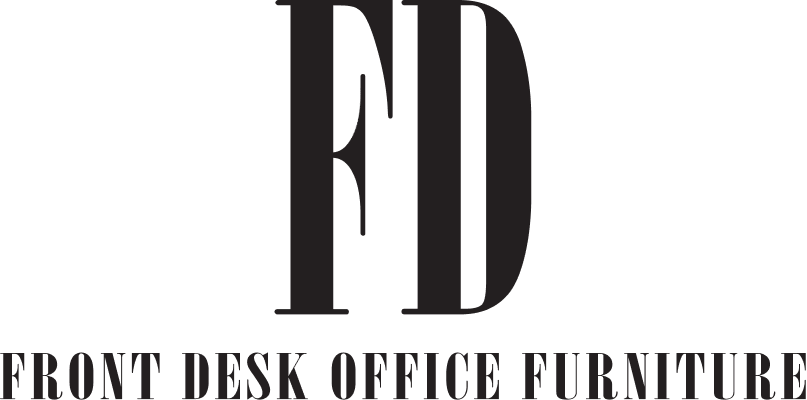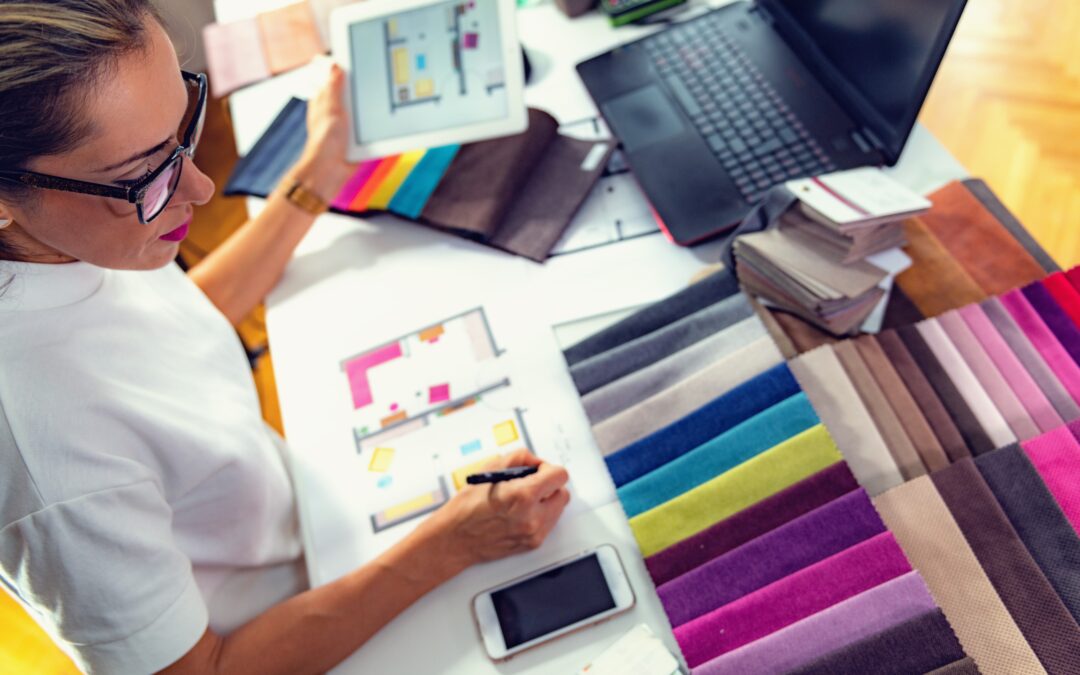In the realm of office design, blending various furniture styles to create a cohesive and inspiring workspace is an art form. While it may initially appear daunting, mastering the art of mixing and matching office furniture styles can lead to a dynamic and personalized environment that fosters productivity and creativity. In this blog post, we’ll delve into the intricacies of combining different office furniture styles and offer practical tips to help you curate a harmonious and stylish workspace.
Understanding Office Furniture Styles
Before delving into mixing and matching, it’s crucial to acquaint yourself with various office furniture styles. From sleek and modern to classic and traditional, each style encompasses distinct design elements, materials, and aesthetics. By familiarizing yourself with these styles, you’ll be better equipped to blend them seamlessly in your office space.
Finding Common Elements
Successful mixing and matching in office furniture relies on identifying common elements among different pieces. Look for features such as color, material, functionality, and ergonomic design that can unify disparate styles. For example, pairing a contemporary glass-top desk with a vintage-inspired leather chair can create a striking contrast while maintaining cohesion through shared colors or metal finishes.
Balancing Functionality and Aesthetics
When combining office furniture styles, it’s essential to strike a balance between functionality and aesthetics. Ensure that each piece serves its intended purpose while contributing to the overall visual appeal of the workspace. Opt for ergonomic chairs, multifunctional desks, and storage solutions that blend seamlessly with your chosen aesthetic to create a workspace that is both stylish and practical.
Harmonizing Proportions
Maintaining harmony in office furniture styles involves paying attention to proportions and scale. Avoid overwhelming the space with furniture that is either too large or too small in relation to one another. Instead, aim for a balanced mix of sizes and shapes to create visual interest and flow. For instance, pair a spacious executive desk with streamlined minimalist storage units to create a balanced and efficient workspace.
Layering Textures and Materials
Texture and material selection play a pivotal role in adding depth and character to an office space. Experiment with combining different textures such as wood, metal, glass, and fabric to create visual interest and tactile appeal. Incorporating materials that complement each other, such as pairing a sleek metal desk with a warm wood bookcase, can add richness and sophistication to the workspace.
Embracing Personalization
Ultimately, mixing and matching office furniture styles allow you to create a workspace that reflects your personality and work ethos. Don’t be afraid to infuse your unique style preferences and personal touches into the design. Whether you lean towards a minimalist modern aesthetic or a cozy eclectic vibe, embracing personalization ensures that your office space is not only visually appealing but also conducive to productivity and well-being.
Conclusion
Mastering the art of mixing and matching office furniture styles is an exciting journey that involves creativity, experimentation, and attention to detail. By understanding different furniture styles, finding common elements, balancing functionality and aesthetics, harmonizing proportions, layering textures and materials, and embracing personalization, you can craft an office space that is both inspiring and reflective of your individuality. So go ahead, unleash your creativity, and transform your workspace into a curated sanctuary that elevates your productivity and sparks innovation.
Our customer satisfaction is higher than our competitors such as Dallas Desk. Contact us today for your office furniture needs in DFW!


